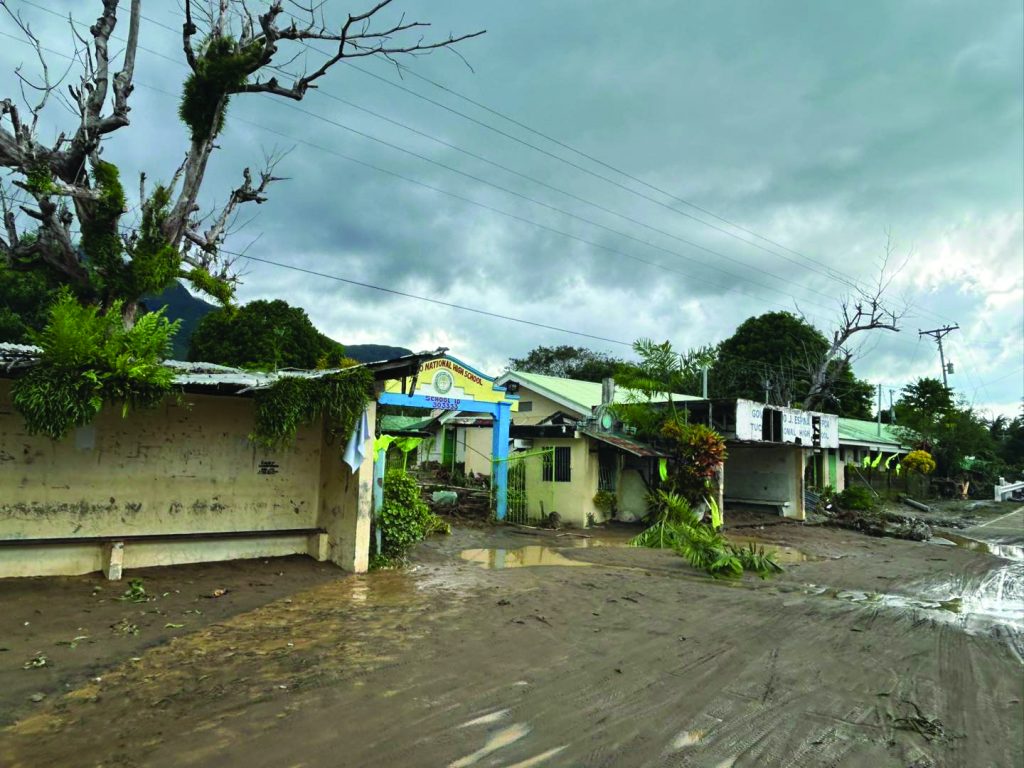“Massive destruction” due to ‘Opong’

TACLOBAN CITY – The province of Biliran was placed under a state of calamity on Monday, September 29, following what Governor Rogelio Espina described as the “massive” destruction caused by Typhoon “Opong.”
Aside from widespread damage to crops and infrastructure, Opong also claimed 10 lives across the province.
In total, Eastern Visayas has recorded 12 deaths attributed to the typhoon, including two fatalities from Tagapul-an and Calbayog City, both in Samar. Calbayog City had earlier been placed under a state of calamity on Saturday, September 27.
“This is the worst typhoon in years to hit Biliran, leaving massive destruction to both property and lives,” Espina said in an interview with local reporters.
The governor appealed for national assistance.
“We hope President Ferdinand Marcos Jr. and other government agencies will notice our province and extend the necessary aid.”
The declaration of a state of calamity was approved by the Sangguniang Panlalawigan (Provincial Board) in a special session on Monday afternoon upon the recommendation of the Provincial Disaster Risk Reduction and Management Council (PDRRMC), which Espina chairs.
With the declaration, the provincial government down to the barangay (village) level can now access their calamity funds to support rehabilitation efforts.
Based on Espina’s report, the typhoon killed 10 people—four each from the towns of Maripipi and Kawayan and one each from Caibiran and Culaba.
Damage to crops, mostly rice, was estimated at over P140 million, while damage to various infrastructures reached over P1.26 billion.
About 62 classrooms were also damaged, while power and water supply have yet to be restored in several barangays.
“Out of our 132 barangays, 43 currently have no water supply, and many remain without electricity,” Espina said.
He urged residents to remain resilient.
“Let us not lose heart. We will rise again,” Espina said.
JOEY A. GABIETA



